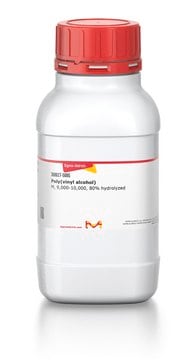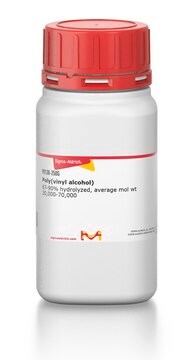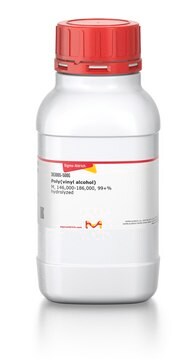おすすめの製品
品質水準
詳細
Filament roundness: ≥95%
Melt flow rate: 2.3 g/10 min
Melt temperature: ±163 °C
Print temperature: ±180-205 °C
Specific gravity: 1.22 g/cc
Spool Hub Diameter: 52 mm
Spool Size (DxH): 200 mmx55 mm
Vicat softening temperature: ± 60.2 °C
形状
solid (filament)
色
orange, natural
直径
1.75 mm±0.05 mm (filament diameter)
InChI
1S/C2H4O/c1-2-3/h2-3H,1H2
InChI Key
IMROMDMJAWUWLK-UHFFFAOYSA-N
類似した製品をお探しですか? 訪問 製品比較ガイド
詳細
アプリケーション
法的情報
保管分類コード
11 - Combustible Solids
WGK
WGK 1
引火点(°F)
49.5 °F - closed cup
引火点(℃)
9.7 °C - closed cup
適用法令
試験研究用途を考慮した関連法令を主に挙げております。化学物質以外については、一部の情報のみ提供しています。 製品を安全かつ合法的に使用することは、使用者の義務です。最新情報により修正される場合があります。WEBの反映には時間を要することがあるため、適宜SDSをご参照ください。
労働安全衛生法名称等を表示すべき危険物及び有害物
名称等を表示すべき危険物及び有害物
労働安全衛生法名称等を通知すべき危険物及び有害物
名称等を通知すべき危険物及び有害物
Jan Code
901034-1EA:
901034-BULK:
901034-VAR:
901034-1EA-PW:
試験成績書(COA)
製品のロット番号・バッチ番号を入力して、試験成績書(COA) を検索できます。ロット番号・バッチ番号は、製品ラベルに「Lot」または「Batch」に続いて記載されています。
この製品を見ている人はこちらもチェック
ライフサイエンス、有機合成、材料科学、クロマトグラフィー、分析など、あらゆる分野の研究に経験のあるメンバーがおります。.
製品に関するお問い合わせはこちら(テクニカルサービス)







